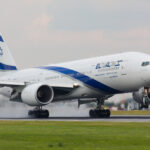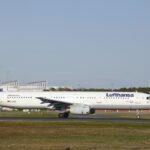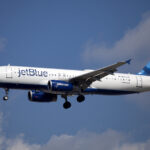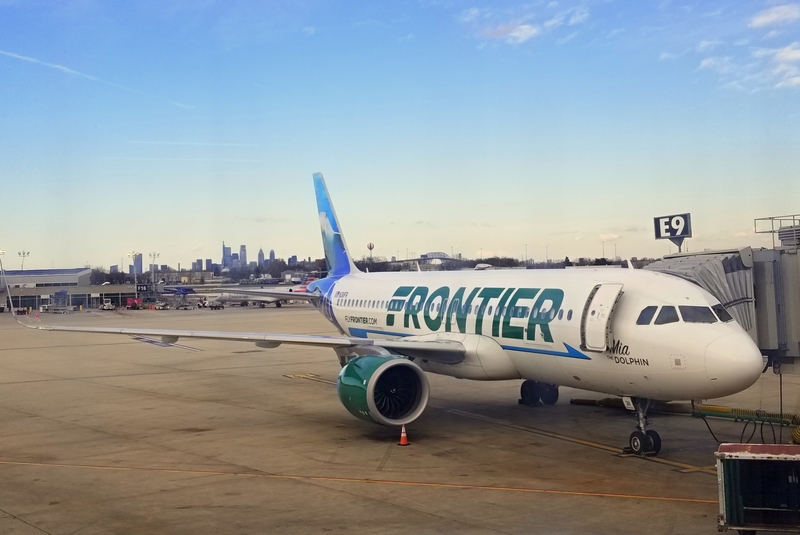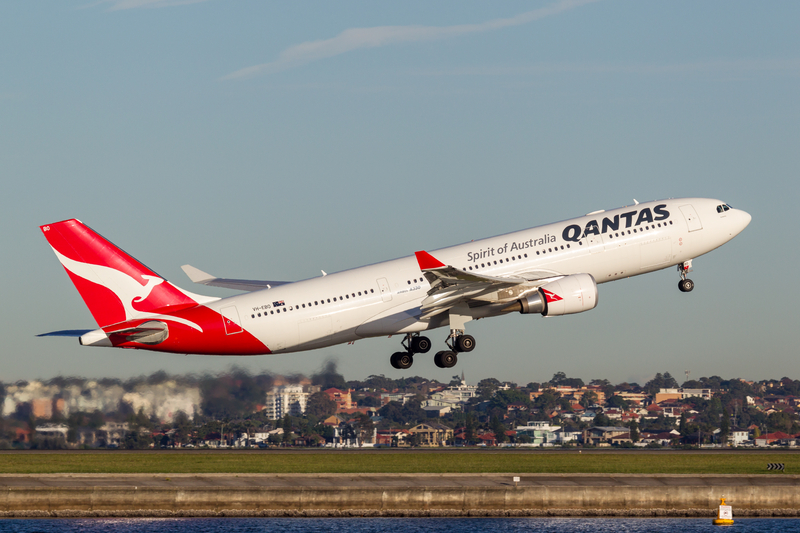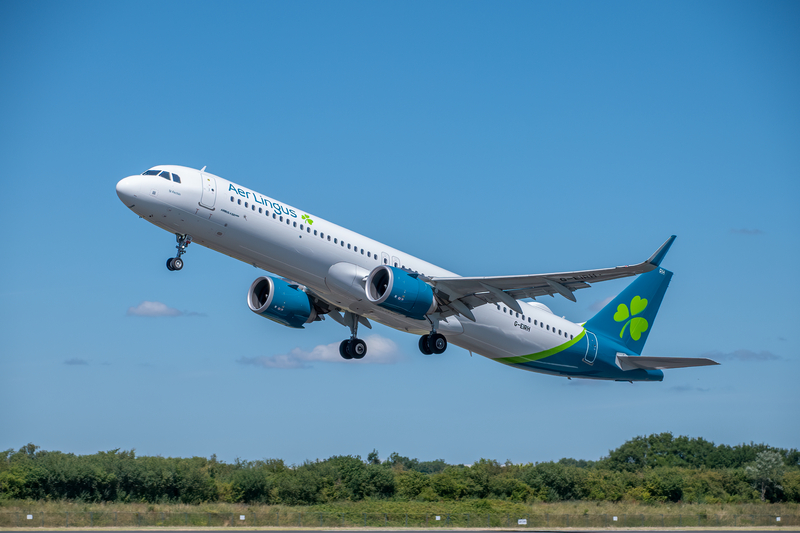Air Arabia Maroc A320 Plunges After Takeoff From Catania, Triggers Terrain Warning
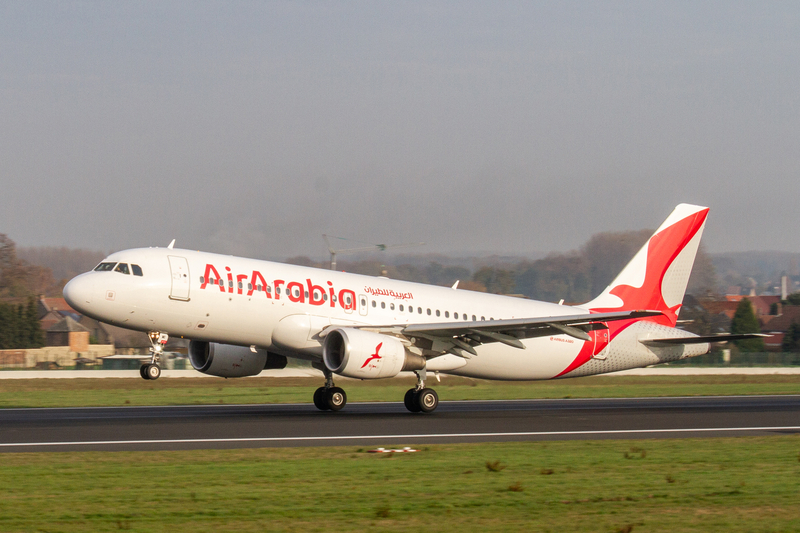
ID 202000297 | Air Arabia A320 © Jean Marc Pierard | Dreamstime.com
Italy’s air-safety agency has opened a serious-incident investigation after an Air Arabia Maroc Airbus A320 reportedly lost altitude to just a few hundred feet over the sea shortly after departing Catania–Fontanarossa (CTA) on September 20, 2025.
Sudden loss of height over water
According to the Italian Civil Aviation Safety Agency (ANSV), the aircraft—operating Catania (CTA)–Amman (AMM) without passengers and with two pilots and four cabin crew—experienced a marked altitude loss minutes after takeoff, close enough to the Ionian Sea to trigger the jet’s Ground Proximity Warning System (GPWS). Local reports indicate the A320 descended to roughly 200 ft (≈61 m) above the water before the crew arrested the descent, stabilized the flight, and continued to Jordan without further incident.
No injuries or aircraft damage have been reported.
Why GPWS matters
Modern airliners carry GPWS/EGPWS to prevent controlled flight into terrain (CFIT)—accidents in which a flyable airplane is inadvertently flown into the ground, water, or an obstacle. When the system detects an unsafe flight path (for example, excessive sink rate, rapid closure with terrain, “don’t sink” after takeoff, or being too low with incorrect gear/flap settings), it issues escalating aural and visual cues such as “SINK RATE,” “TERRAIN,” “PULL UP,” or “TOO LOW TERRAIN.” Standard procedures require pilots to execute an immediate maximum performance climb when a hard warning—“PULL UP”—sounds.
What investigators will examine
By classifying the occurrence as a serious incident, ANSV will conduct a structured inquiry aimed at safety learning rather than blame. Typical focal points include:
-
Flight data and cockpit voice recorders (FDR/CVR) to reconstruct automation modes, vertical profiles, and crew dialogue.
-
ATC communications and the departure procedure (SID) from Catania, which launches aircraft over the coastline into rapidly rising terrain inland.
-
Weather/wind near the shoreline (e.g., low-level wind shifts or shear) and any instrument anomalies.
-
Crew factors, including workload right after takeoff, compliance with standard callouts, and any automation mode confusion during the initial climb.
-
Aircraft performance and configuration, confirming thrust setting, flap/gear retraction sequence, and climb pitch targets for weight and temperature.
Context: a high-workload phase of flight
The first minutes after liftoff are among the most workload-intensive in airline flying: crews manage thrust, pitch, speed, lateral navigation, flap retraction, and early ATC instructions while crossing low altitudes with limited margins. Over water at night or in reduced visibility, the absence of external visual cues can heighten susceptibility to spatial disorientation or automation mismanagement—scenarios GPWS is designed to catch before they become catastrophic.
Next steps
ANSV has formally opened a safety investigation. A preliminary note confirming the serious-incident classification has been issued; a factual report typically follows once recorder data are downloaded and analyzed. Air Arabia Maroc has not publicly detailed the event; as standard in such cases, the operator will support the inquiry and may issue interim safety actions if required.
Bottom Line
GPWS did exactly what it was designed to do—alert a crew to an unsafe flight path with seconds to spare. The investigation’s findings will focus on the constellation of human, procedural, and environmental factors that let the aircraft descend that low after takeoff, and on any corrective measures to prevent a repeat.
